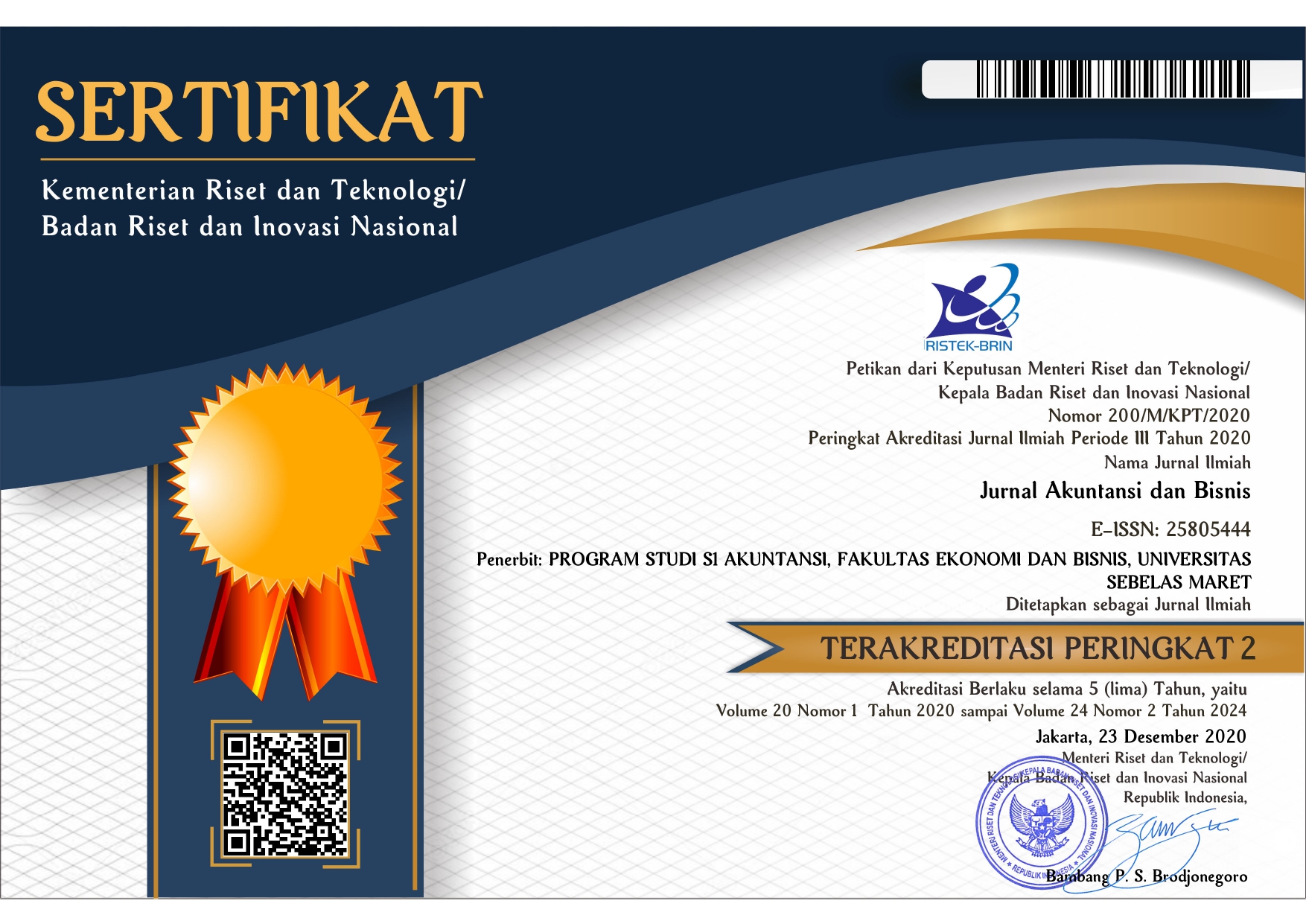Market Reaction of Stocks Included-In And Removed-From Shariah Index: The Case of Kuala Lumpur Shariah Index
Abstract
References
Collins M.C., J.W. Wansley and B. Robinson. 1995. “Price and Volume Effects Associated with the Creation of S&P’s MidCap Index”. Journal of Financial Research 18: 329-350.
Goetzmann W.N. and M. Garry. 1986. “Does Listing from the S&P 500 Affect Stock Price?” Financial Analysts Journal, March-April: 64-69.
Harris L. and E. Gurel. 1986. “Price and Vol-ume Effects Associated with the Changes in the S&P 500 List: New Evidence for the Existence of Price Pressure”. Journal of Finance, 41 September: 815-829.
Jain, P.C. 1987. The Effect on Stock Price of Inclusion in or Exclusion from the S&P 500. Financial Analysts Jour-nal. January-February: 58-65.
Lian, K.K., Chen, W.Y., Fah, T.L. 2005. Stock Price Effect of Inclusion in and Ex-clusion from the Kuala Lumpur Stock Exchange Composite Index. Prosiding. The Malaysian Finance Association 7th Annual Conference. UiTM Terengganu. Malaysia.
Lynch A.W. and R.R. Mendelhall. 1997. “New Evidence on Stock Price Effects Associated with Changes in the S&P 500 Index”. Journal of Busi-ness, 70(3): 351-383.
Shleifer A..1986. “Do Demand Curves for Stocks Slope Down?”. Journal of Finance, 44 July: 579-590.
Sui, L. 2003. The Addition and Deletion Effects of the Standard & Poor’s 500 Index and Its Dynamic Evolvement from 1990 to 2002: Demand Curves, Market Efficiency, Information, Volume and Return. Working Paper. Graduate Center, City University of New York.
DOI: http://dx.doi.org/10.20961/jab.v6i2.41
Jurnal Akuntansi dan Bisnis (JAB)
ISSN 1412-0852 (print), 2580-5444 (online)
Published by Accounting Study Program, Faculty of Economics and Business, Universitas Sebelas Maret, Indonesia

JAB on http://jab.fe.uns.ac.id/index.php/jab is licensed under a Creative Commons Attribution-ShareAlike 4.0 International License










